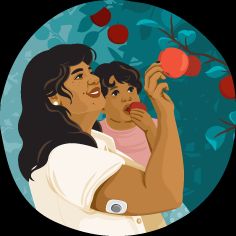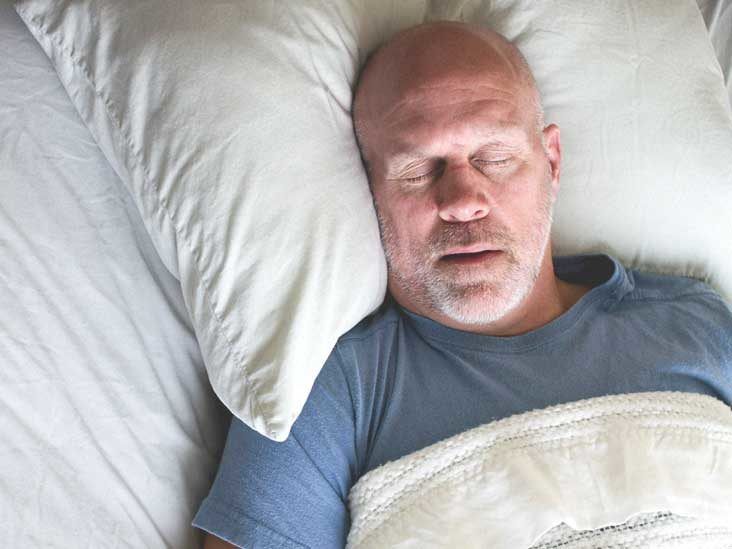Sleep apnea is a common and potentially serious sleep disorder in which your breathing is repeatedly interrupted while you sleep. If left untreated, it can contribute to type 2 diabetes and heart disease while increasing your likelihood of stroke and heart attack.
Sleep apnea can affect babies, children, and adults, although some of the identifying symptoms are different depending on your age.
Here’s everything you need to know about the signs and symptoms of sleep apnea.
If a number of these signs or symptoms describe you, then there’s a good chance you may have one of two types of sleep apnea. Keep in mind that some of these may be more noticeable to someone who shares your bed.
- loud snoring
- paused breathing when you sleep
- waking abruptly with shortness of breath
- gasping while sleeping
- frequently waking up to use the bathroom
- waking up with a dry mouth or sore throat
- morning headaches
- insomnia (difficulty staying or falling asleep at night)
- hypersomnia (excessive daytime sleepiness)
- attention, concentration, or memory problems
- irritability or sudden mood shifts
- decreased interest in sex or are experiencing sexual dysfunction
The following are risk factors for obstructive sleep apnea, which is caused by a blockage of air passages:
- overweight or obesity
- drinking too much alcohol
- smoking tobacco
About 7% to 11% of children have a nighttime breathing disorder, whether it’s sleep apnea, snoring, or something else. Obstructive sleep apnea affects
Children with untreated sleep apnea have behavioral, adaptive, and learning issues that are similar to the symptoms of ADHD:
- difficulty with learning
- short attention span
- poor performance at school
Look for these warning signs of sleep apnea in your child:
- snoring
- mouth breathing (while asleep and awake)
- breathing pauses during sleep
- bedwetting
- daytime sleepiness
If you think your toddler may have a sleep disorder, look for these warning signs of sleep apnea while they’re sleeping:
- snoring and difficulty breathing
- pauses in breathing
- restlessness
- coughing or choking
- sweating profusely
You can also look for the following signs while they’re awake:
- prone to irritability, crankiness, and frustration
- falling asleep at inappropriate times
- tonsil- or adenoid-related health problems
- growing slower than they should for their age (both in height and weight)
If you notice you have the symptoms of sleep apnea, discuss your symptoms with a doctor. They might have some advice tailored to your specific situation, or they might recommend you to a sleep specialist. They can perform a sleep study, or polysomnogram, to diagnose sleep apnea. As you sleep, this test monitors:
- brain activity
- eye movement
- breathing
- oxygen levels in the blood
Snoring and gasping sounds, as well as stopping breathing during sleep, are also measured.
If your child is experiencing symptoms or behaviors associated with sleep apnea, discuss your concerns with their pediatrician. Following diagnosis, a pediatrician should have a number of suggestions regarding treatment.
They may refer your child to an otolaryngologist (an ear, nose, and throat specialist) to see if removing the tonsils and adenoids could solve the issue.
If you notice symptoms of sleep apnea in your toddler, review your observations with their pediatrician. Their diagnosis will include the impact of your toddler’s weight and potential allergies on their sleep.
After examining your toddler’s upper airway, a pediatrician might refer you to a pulmonologist (a lung specialist) or an otolaryngologist. Removing your toddler’s tonsils and adenoids could be the recommendation.
Sleep apnea is more common than you might think. And it’s not just limited to adults. Sleep apnea can pose a risk of serious health effects. Make an appointment with a doctor to discuss your concerns, symptoms, and potential treatment.





